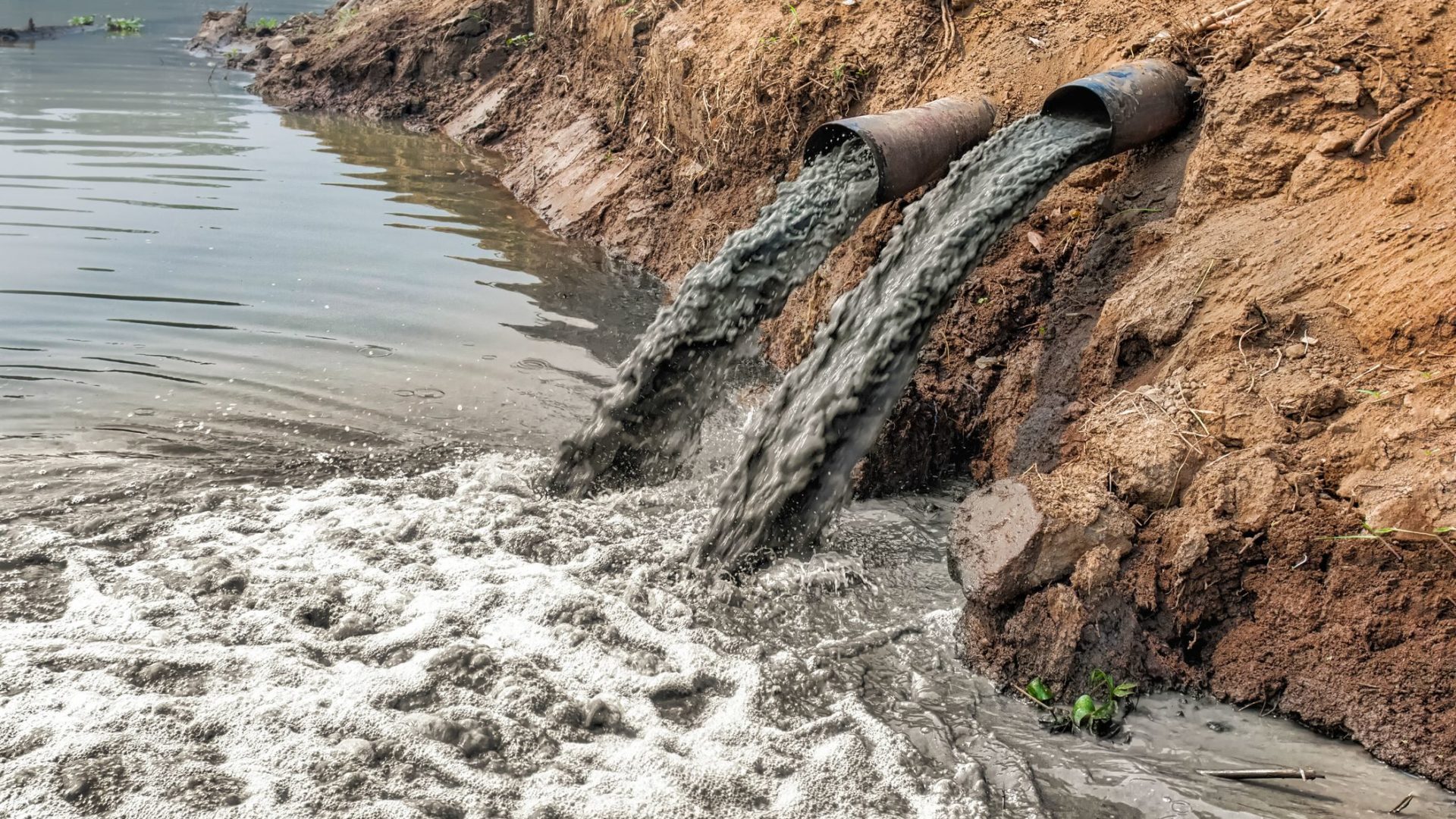Yesterday, the Environmental Commissioner of Ontario (ECO), Dianne Saxe, held a webinar to provide further insight into the recently released environmental protection report, Back to Basics. The report’s findings offer a grim depiction of the status quo when it comes to the province’s protections for drinking water and fresh water.
In particular, gaps in the Clean Water Act should be cause for concern: “Nearly, a fifth of Ontario’s population has been completely left out of the Clean Water Act,” said Saxe. “That includes every single person that relies on a private well; it includes most of the Indigenous communities; and it includes some of the Northern communities, who have really been left on their own.”

Threats to drinking water could grow, too, and not just for those outside of regulatory protections.
“It appears that the government is not planning to provide any funding for source water protection after this fiscal year runs out.” While, the government’s new environment plan does acknowledge source water protection programs and their importance to water security, it does not provide details on how the programs will be leveraged or improved.
“The original trigger for the Walkteron water crisis, as you all remember, was deep budget cuts by the provincial government, with no attention to the environmental consequences, and we ended up with Walkerton,” said Saxe. “And here we are again.”

Municipal water accounts for only one per cent of all the water in the province. The ECO office also provided a detailed review of wild water in the province in the Back to Basics report.
“People tend to assume that we in Ontario are doing a good job in looking after water,” said Saxe. “After all, we’ve had water protection laws for more than fifty years, and some things were worse fifty years ago. But there’s still an astonishing number of gaps deliberately left in provincial water protection laws and enforcement.”
Saxe and her team chose to examine four of the biggest threats to fresh water in the province: raw municipal sewage, agricultural runoff, industrial toxics, and road salt. Their research found clear gaps in the provincial regulatory and enforcement, which are letting these pollutants enter, unchecked, into provincial waterways.
“Those gaps are causing big damage,” said Saxe. “Fresh water is precious. So, why is the government letting so much filth flow into it day after day, year after year, as if it didn’t matter?”
Keeping stormwater out of combined sewers, where they exist, should be a priority for municipalities, said Saxe. And provincial laws exist to enforce the prevention of such pollutants from entering freshwater bodies.
“Municipalities have a number of tools for [preventing stormwater entering combined sewers], and we don’t see anybody who’s using them to their full effect,” said Saxe. Measures available to municipalities include preserving wetlands, stormwater fees, green infrastructure, and better land use planning. “Bottom line is: There’s a lot of tools that municipalities have […] and we don’t see anybody using them all; we don’t see the province using its legal obligation to enforce the law.”

Industrial toxics are another threat to fresh water, the control of which has been largely abandoned, according to Saxe and her team. “Ontario’s industry reports to the National Pollutant Release Inventory that they discharge more than fifty toxic substances directly and indirectly into lakes and rivers, and many of those are heavy metals, carcinogens—the sort of thing that have lasting effects on our waters, on human health, on environmental health, and are incredibly expensive to try and clean up after we let them go into the water.
Saxe noted that in the 1980s and 1990s, the province introduced legislation with the long-term goal of eliminating the discharge of persistent toxics. “And this goal […] has essentially been abandoned. Nothing has been done to make it happen,” she said. “The province points to the Toxic Reductions Act, but the stats show that that really hasn’t done much.”
The province’s failure to act should be of concern to Ontarians, said Saxe. “What we see is persistent regulatory failures by the province, which deliberately, year after year, decade after decade, allowing huge amounts of damaging pollution to flow into our surface and groundwater. It’s not inevitable. It’s not necessary. We shouldn’t be tolerating it. It’s not even cost effective.”
The entirety of the presentation will be made available on the Environmental Commissioner of Ontario’s website.









